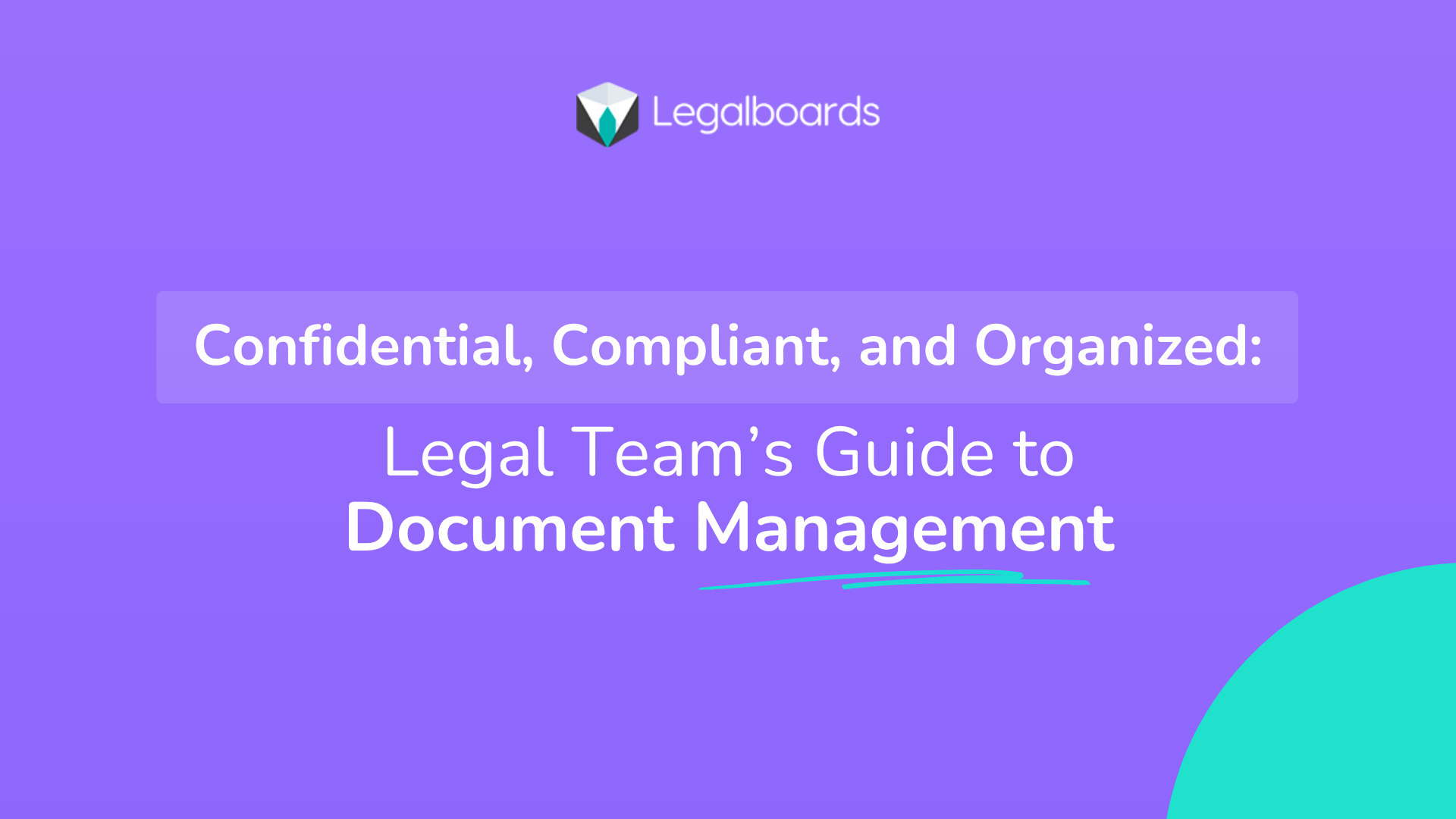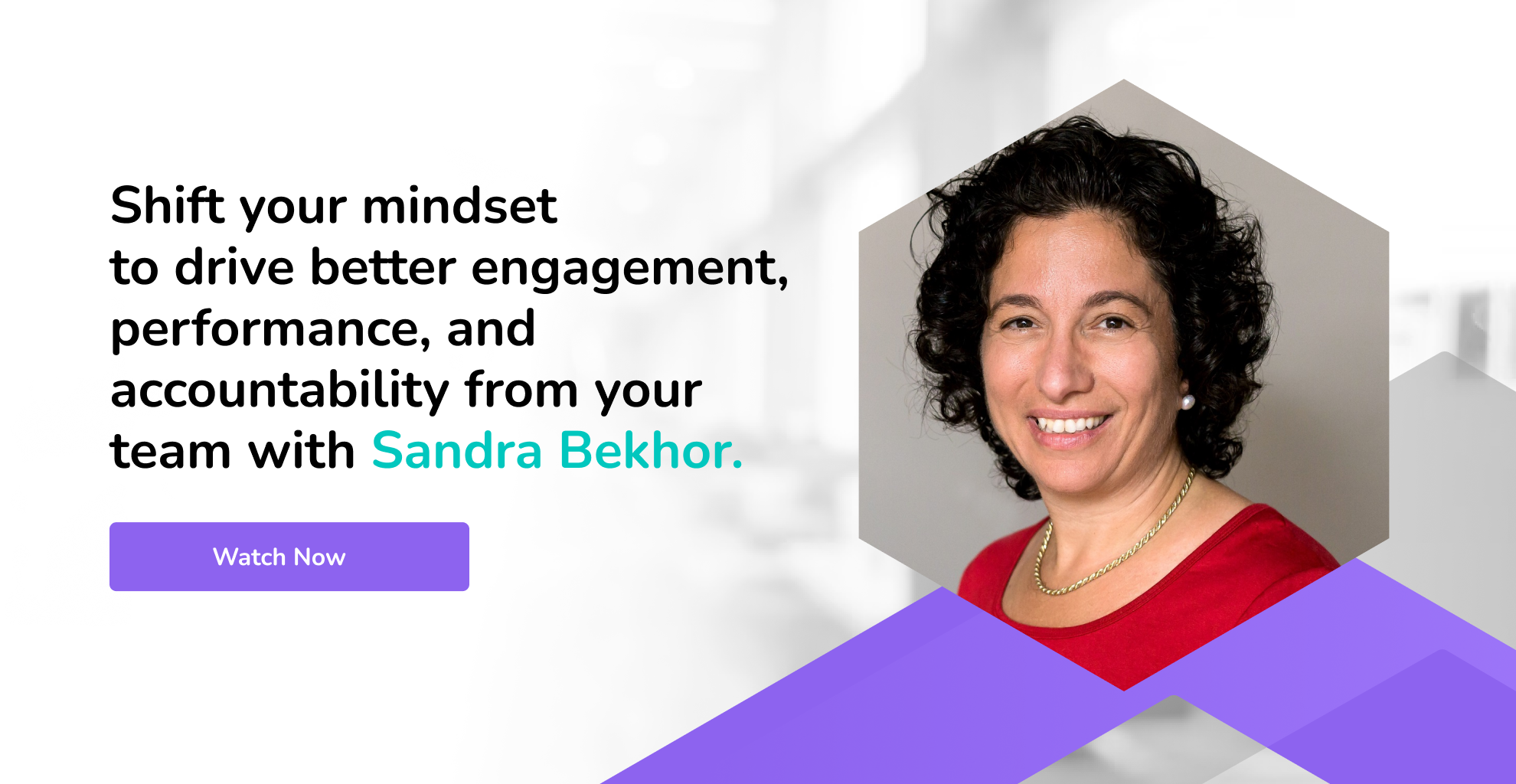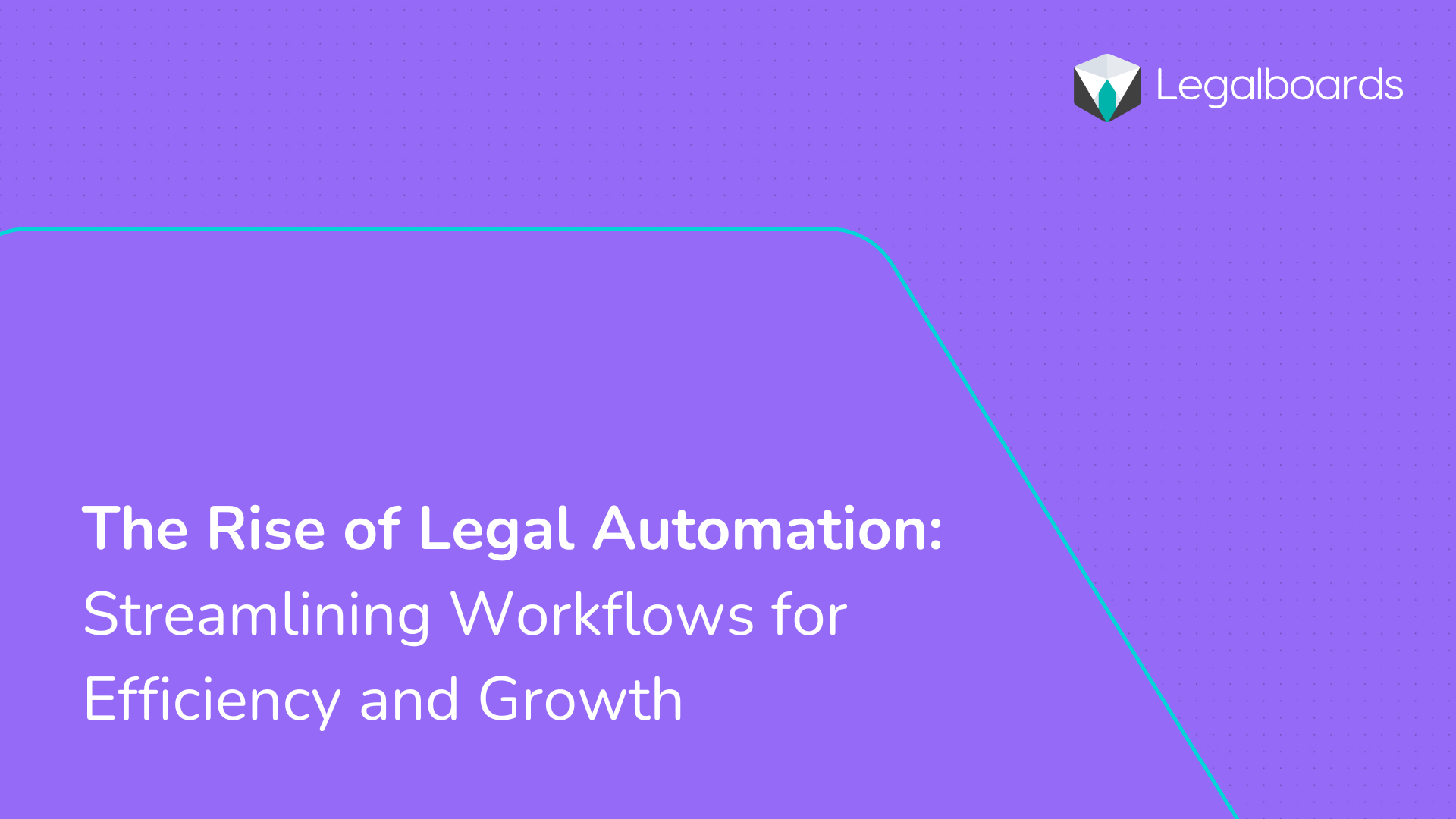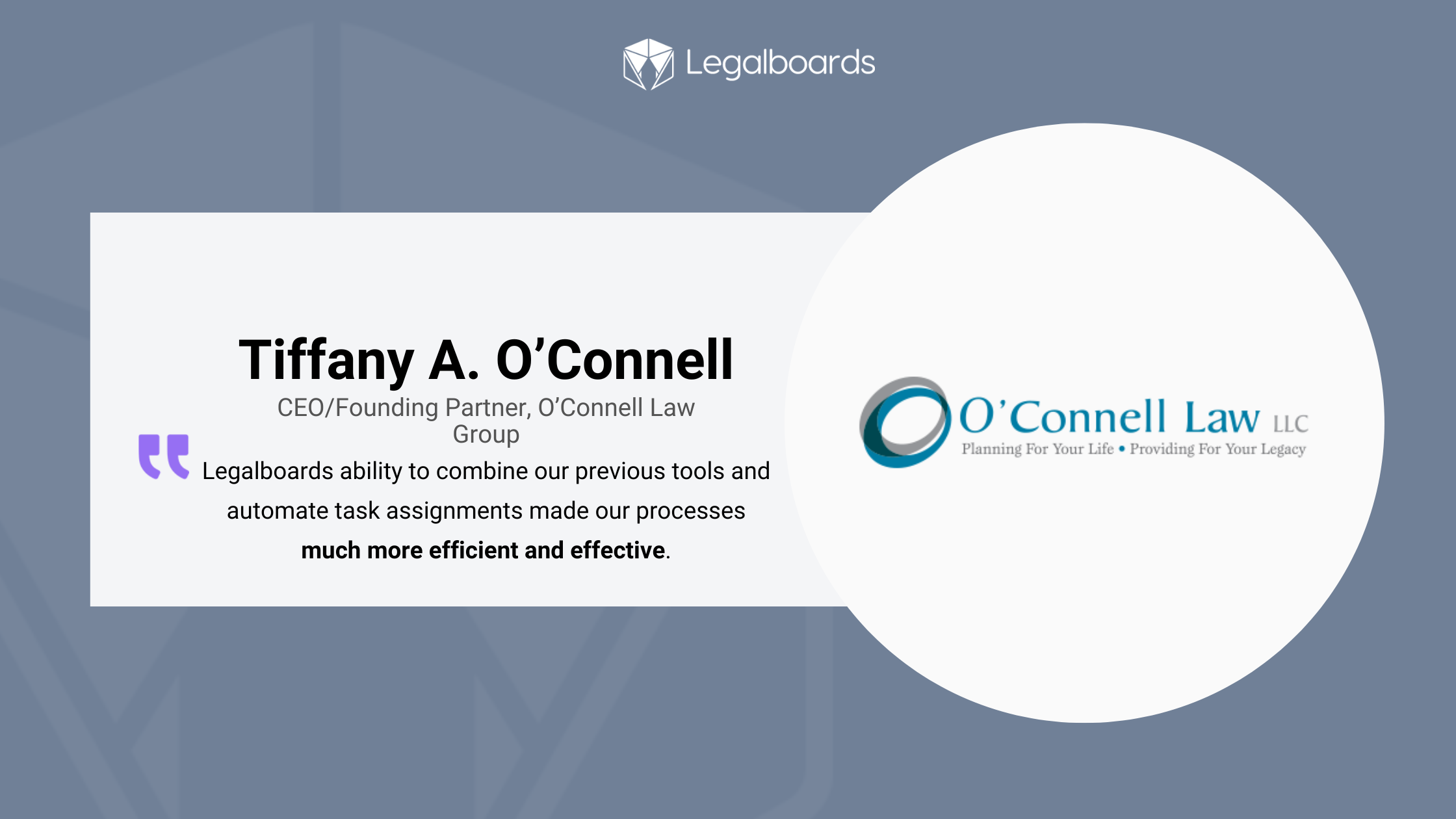
Confidential, Compliant, and Organized: A Legal Team’s Guide to Document Management
In the legal world, precision and reliability aren’t just preferred, they’re essential. Legal professionals manage an overwhelming volume of documentation: contracts, case files, evidence records,






